#brutality
Text

Congrats on @focsle bringing the ghost of all time
(You somehow manage to cut his hair tie out, making the already losing fight not only more difficult, but 15% more homoerotically charged as well)
73 notes
·
View notes
Text
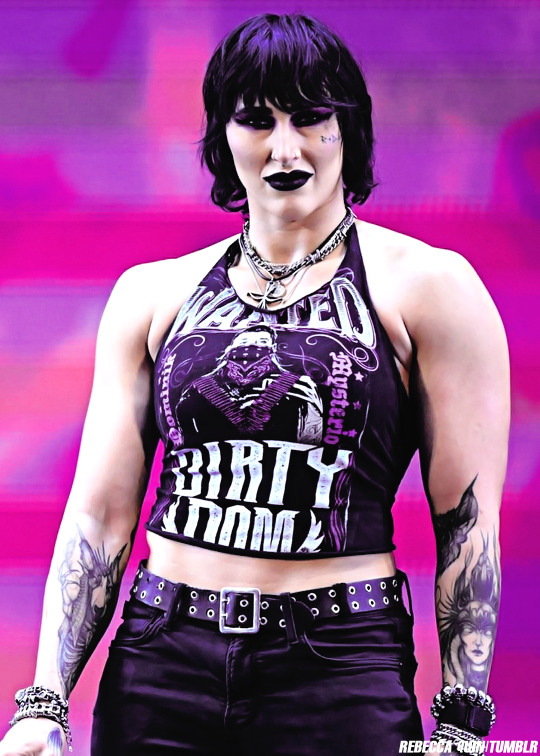

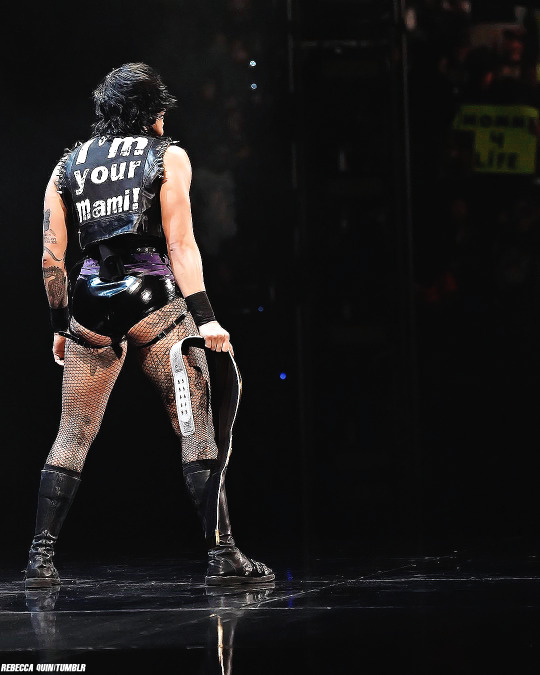




The vivacious Rhea Ripley
30 notes
·
View notes
Photo

#Ultimate Mortal Kombat 3#fighting game#Mortal Kombat series#brutality#smoke#nightwolf#1995#90s#90's#super nintendo entertainment system#snes#video games#video game#90's video games#Midway#arcades#released: 1995#my gifs#my edit#gifs
151 notes
·
View notes
Text

James Hadley Chase - No Orchids for Miss Blandish - Avon - 1966
#witches#orchids#occult#vintage#no orchids for miss blandish#avon books#james hadley chase#novel#2½ million readers#violence#brutality#1966
41 notes
·
View notes
Text

With 10-15 million Congolese murdered and countless others brutalized in Belgium's Congo Free State between 1885 and 1908, why isn't Belgian King Leopold I as reviled as slave traders, Stalin, or Hitler?
Treating the entire country as his own personal rubber plantation, Leopold forced even the children to slave away for his personal enrichment - and took their hands if the didn't work quickly enough.
Leopold I was the owner and absolute ruler of the Congo Free State from 1885 to 1908.
In 1885, the colonial nations of Europe authorized his claim by committing the Congo Free State to improving the lives of the native inhabitants. Leopold ignored these conditions and ran the Congo using the govt mercenaries for his personal gain. He extracted a fortune, initially from ivory, and later, by forced labour from the native population to harvest and process rubber.
Leopold's rule was characterised by atrocities, including torture and murder, from systematic brutality.
In 1890, George Washington Williams coined the term "crimes against humanity" to describe the practices of Belgium's administration of the Congo Free State.
The hands of men, women, and children were amputated when the quota of rubber was not met and millions of Congolese died.
In 1908, the reports of deaths and abuse, and pressure from international groups and the Congo Reform Association, the first mass human rights movement, caused the Belgian government to take over the administration of the Congo from Leopold.
The Congo was given independence in 1960.
Leopold's legacy has been debated frequently, but as late as 2010, Louis Michel, a Belgian member of the European Parliament and former Belgian foreign minister, called Leopold Il a "visionary hero."
In 2020, King Philippe released a statement expressing his "deepest regret" for the wounds of the colonial past, and the "acts of violence and cruelty committed" in the Congo during colonisation but did not explicitly mention Leopold's role in the atrocities.

Image:
Father stares at the hand and foot of his five-year-old.
He hadn’t made his rubber quota for the day so the Belgian-appointed overseers had cut off his daughter’s hand and foot. Her name was Boali. She was five years old. Then they killed her. But they weren’t finished. Then they killed his wife too.
•••
Con alrededor de 10 a 15 millones de congoleños asesinados y muchos otros brutalizados en el Estado Libre del Congo de Bélgica entre los años 1885 a 1908. ¿Por qué el rey Leopoldo I de Bélgica no es tan denigrado como los esclavizadores, Stalin o Hitler?
Tratando a todo el país como su plantación personal de hule, Leopoldo obligó hasta a los niños a trabajar como esclavos para su enriquecimiento personal y les cortaba la mano si no trabajan lo suficientemente rápido.
Leopoldo I fue el dueño y gobernador absoluto del Estado Libre del Congo desde 1885 hasta 1908.
En 1885, las naciones coloniales de Europa autorizó su solicitud al comprometerse con mejorar las vidas de los habitantes nativos del Estado Libre del Congo. Leopoldo ignoró estas condiciones y gobernó al Congo utilizando a los mercenarios del gobierno para su lucro personal. Él extrajo fortuna, inicialmente del marfil y luego por medio del trabajo forzado de la población nativa, quienes cosechaban y procesaban el hule.
Las reglas de Leopoldo estaban caracterizadas por atrocidades, incluyendo tortura, asesinato y brutalidad sistemática.
En 1890, George Washington Williams utilizó el término: “crímenes contra la humanidad” para describir las prácticas de la administración Belga en el Estado Libre del Congo.
Se le amputaban las manos y los pies tanto a hombres, mujeres y niños si estos no cumplían con la cuota de hule y millones de congoleños murieron.
En 1908, los reportes de los abusos y las muertes, y la presión por parte de los grupos internacionales y la Asociación de Reforma del Congo, el primer movimiento de derechos humanos masivo, causó que el gobierno Belga le quitara la administración a Leopoldo.
Al Congo se le dio la independencia en el año 1960.
El legado de Leopoldo ha sido debatido frecuentemente, pero en el 2010, Louis Michel, un miembro belga del Parlamento Europeo y previamente ministro extranjero llamó a Leopoldo un “héroe visionario”.
En el 2020, el rey Phillippe emitió un comunicado expresando “profundo arrepentimiento” por las heridas causadas por el pasado colonial y “los actos de crueldad y violencia” cometidos en el Congo durante la colonización pero no mencionó explícitamente el rol de Leopoldo en estas atrocidades.
Imagen:
Se puede observar a un padre viendo la mano y el pie amputado de su hija de cinco años.
Su nombre era Nsala y no había cumplido con la cuota diaria de hule, así que los supervisores puestos por los Belga como castigo le cortaron la mano y el pie a su hija. El nombre de ella era Boali, tenía cinco años de edad y la mataron. No solo lo dejaron ahí, sino que también mataron a la esposa.
#blacklivesmatter#blacklivesalwaysmatter#english#spanish#blackhistory#history#share#read#blackpeoplematter#blackhistorymonth#african history#congolese#congo#belgium#brutality#newpost#knowyourhistory#knowledge#monarchy#crimes#like#follow#historyfacts#black children matter#blackmenmatter#black women matter#weareblackhistory#europe#colonizers#independance
191 notes
·
View notes
Text

On January 5th 1700 School teacher Robert Carmichael appeared before the court after causing the death of a pupil after punishing him.
A case of a singular character was brought before the Court of Justiciary. In the preceding July, a boy named John Douglas, son of Douglas of Dornock, attending the school of Moffat, was chastised by his teacher, Mr Robert Carmichael, with such extreme severity that he died on the spot. The master is described in the indictment as beating and dragging the boy, and giving his three lashings without intermission, so that when ‘let down’ for the third time, he ‘could only weakly struggle along to his seat, and never spoke more, but breathed out his last, and was carried dying, if not dead, out of the school.’ Carmichael fled, and kept out of sight for some weeks, ‘but by the providence of God was discovered and seized.’
‘The Lords decerned the said Mr Robert to be taken from the Tolbooth of Edinburgh by the hangman under a sure guard to the middle of the Landmarket, and there lashed by seven severe stripes then to be carried down to the Cross, and there severely lashed by six sharp stripes; and then to be carried to the Fountain Well, to be severely lashed by five stripes; and then to be carried back by the hangman to the Tolbooth. Likeas, the Lords banish the said Mr Robert furth of this kingdom, never to return thereto under all highest pains.’
From Domestic Annals of Scotland 1695-1702.
Robert Carmichael was perhaps only unfortunate in some constitutional weakness of his victim. An energetic use of the lash was the rule, not the exception, in the old school. Those of us of a certain age can remember being punished throughout our schooling. The main punishment in Scottish schools by the twentieth century was the Loghelly Tawse, but other schools, mainly fee paying ones used a cane.
In 1982 two Scottish mothers went to the European Court of Human Rights, who passed a judgment that parents had the right to refuse corporal punishment of a child. The legislation came into force in 1987, but most Scottish local education authorities had already abolished it by the early 1980s.
24 notes
·
View notes
Text

#Jade#Jade mk11#jade mortal kombat#mortal kombat#mortal Kombat 11#brutality#ps4#fgc#mk11#fighting games#fighting game community
9 notes
·
View notes
Text
So I’ve just watched the ‘Angel the Series’ episode ‘Billy’ for the first time not 20 minutes ago and I’ve been sat here crying my eyes out over it ever since.
What a powerful but problematic episode. They really do love to play with the themes of anger and aggression in the Buffyverse. But I’ve got to ask.
The abuse Billy dishes out by way of making men attack women. Why when they want to tell a story about this is it almost always directed at women?
Don’t get me wrong. I like that misogyny, toxic masculinity and abuse is being acknowledged and addressed. I just feel like the writers are too willing and too eager to showcase just how horrific it is. It doesn’t feel anywhere near this violent and brutal when it’s women dishing out the abuse to men.
Maybe it’s just me but I got a really off vibe with this one. It’s kinda left me in a bit of a state if I’m honest.
21 notes
·
View notes
Text


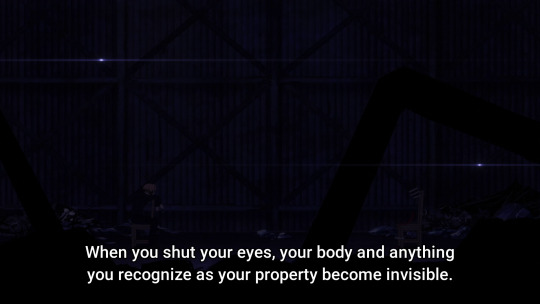


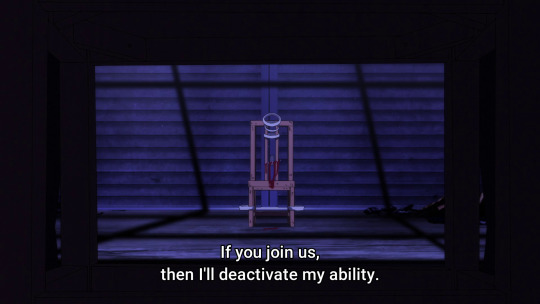
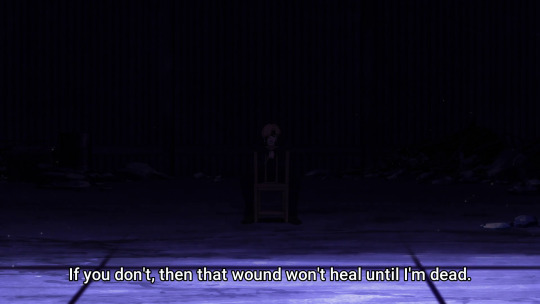



what a way to run a railroad 😰
14 notes
·
View notes
Text
🇨🇳👿🇨🇳
#china#horrors#animal Holocaust#torture#inhumaine#nonexistent animal rights#evil#brutality#cold hearted monsters#crimes against animals#vegan for everything#love peace harmony health justice#genocide#be vegan#stop the needles massacre#teach children to love respect appreciate and be kind to all sentient beings not only some#beautiful GOD’s animals are sacrificed for satanic rituals and profits#flesh/body parts is not food it’s violence diseases discrimination self destruction#these people are evil#truth#please share
8 notes
·
View notes
Text

@focsle MAKE HIM SMALL!!!!!!
44 notes
·
View notes
Text

#gun tw#soft gore#agressive#sniper rifle#edgy vibes#eboy aesthetic#dark edgy#edgy shit#alt aesthetic#alternative#eboy style#tw gun#brutality#my post
117 notes
·
View notes
Photo

#Ultimate Mortal Kombat 3#mortal kombat III#ultimate#Mortal Kombat series#Midway#arcades#1995#released : 1995#snes#video game#games#super nintendo entertainment system#my gif#gif#cyrax#reptile#brutality#my edit
238 notes
·
View notes
Text



This has got to be one of the most brutal ratios on Twitter I've ever seen 🤯☢️🔥🔥🔥☠️
#andrew tate#cobratate#greta thunberg#mortal kombat#brutality#brutalized#circus#small dick energy#call an ambulance#but not for me#savage#roasted#twitter drama#trending twitter#twitter
33 notes
·
View notes
Text
Brutality a beautiful backdrop
Noise upon noise upon beautiful songs
Man made. Meandering. Not flowing.
Concrete like mould, spreading
porous spores so more and more
brutality rises, and nature shrugs
No such thing as silent progress
Ownership absurd yet
Here they keep birds in cages to sing
and look beautiful
in a brutal gaol
To remind themselves, perhaps
Of our own situation
Let Me Out!
Set Me Free!
I can see the beauty
beyond the bars of brutality
Let Me Be!
let me be
4 notes
·
View notes
Text
youtube
🛑 [Video] Greek riot cops caught on doorbell camera throwing a CS gas grenade inside a block of flats during a protest
A shocking video has emerged on Twitter showing greek riot cops throwing a CS gas grenade inside a block of flats at Exarcheia during a protest in Athens, Greece on 6 December 2022. There have been many accusations in the past that police officers in Greece are involved in such criminal and deadly practices using CS gas in closed spaces but this time there is a video to prove it.
6 December protest: Back in 2008 a police murder sparked a string of riots that spread like wildfire all over Greece and inspired countless of solidarity actions and riots all over the globe for more than a month.
Everything started a few minutes after 9 pm, on the night of 6 December 2008, when a tensed argument between two cops and a group of youngsters ended with the policemen leaving the scene, but only for the murderers to park their patrol car a few blocks away and return to confront the kids with their guns. One of the two cops (Korkoneas) aimed towards the kids and fired two shots. One of the bullets struck 15 years old Alexis Grigoropoulos in the heart and he fell dead.
This murder in the heart of Exarchia, an area of Athens frequented by anarchists in Greece, sparked a string of riots that spread like wildfire all over Greece and inspired countless of solidarity actions and riots in more than 70 cities around the world for more than a month.
For most Greeks this is a moment marked deeply in memory, since most remember exactly what they were doing when the news of the police murder shook them like a collective electric shock. During those first days, the tens of thousands of protesters that took part did not realize that they were taking part in something that would profoundly define the years to come.
The events were recorded in modern history as "The December Revolt" or "The December Rebellion".
#athens#greece#greek#riot#police#brutality#exarcheia#protest#grigoropoulos#alexis grigoropoulos#cs gas#εξάρχεια#χημικά#δακρυγόνα#πολυκατοικία#Youtube
35 notes
·
View notes